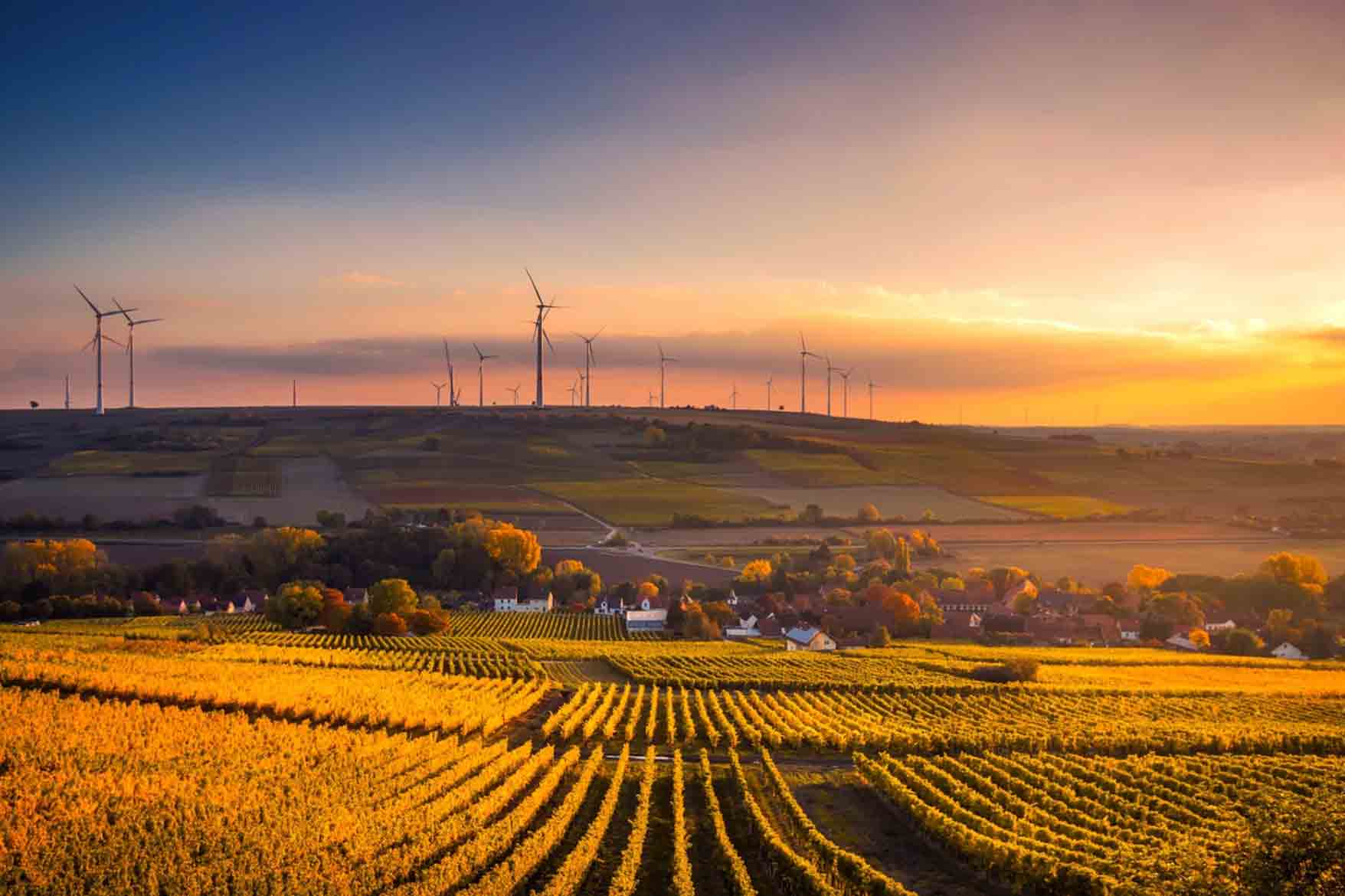Picture a place with tens of thousands of new homes, a vast solar energy farm, over a million new trees, and over ten thousand of acres of parks and open spaces. To many, this vision might seem an idyllic dream. In actuality, it’s a Utopian city that a group of Tech Investors in the Bay Area is planning to build on recently purchased farmland. The question is, would you choose to call this place home?
My answer is simple: no.
As a future-forward thinker who spends her free time writing about sustainable solutions, this might seem surprising. However, the concept of crafting a Utopia is all too familiar, and history suggests it often ends in disappointment.
In 2016, I visited a city originally hailed as a rapid path to a progressive future but found it far removed from what I would consider a Utopia: Brasilia.

Isolated in Time
Brasilia, the capital of Brazil, stands as a testament to the pursuit of a modernist Utopia. Built within a mere five years, from 1956 to 1961, it was the cornerstone of then-President Kubitscheck’s promise: “Fifty years of prosperity in five.” While once hailed as an urban planning marvel, my 2016 visit left me with an altered impression—a sense of emptiness and disconnection.
Brasilia’s grand design catered to the needs of its time, leaving it unable to change with future trends like the rest of the world. One such example was Brasilia’s focus on the accommodation of cars; as society evolved to value walkable urban environments, Brasilia found itself trapped by this decision. A city once viewed as the embodiment of the future had transformed into a relic of a bygone era.
Utopias isolate their ideas in the present, ignoring the knowledge of the past and, by consequence, closing themselves off to future growth. We are all products of a rich and complex history. Attempting to start from scratch is to turn a blind eye to our past – complex as it may be, there is knowledge and beauty that should not be thrown aside.
Ignorant to the Ecosystem
The idea of a “green utopia” has also been attempted before, over 100 years ago. Ebenezer Howard’s Garden Cities of early 20th century Britain were designed to combine the advantages of city living with the serenity of rural life. However, the Garden Cities were ultimately overshadowed by rapid urbanization, as crucial aspects, like economic considerations, were not fully addressed. This example shows a crucial flaw of an isolated Utopia: it does not address all relevant context, but rather cherry-picks what aspects it deems most important. It doesn’t build a city; it builds a set.
Fast forward to the present, where Silicon Valley’s utopia aims to tackle similar issues: walkability, housing shortages, and access to education. While these are real issues in need of solutions, this approach risks repeating history’s mistakes and also address the symptoms rather than the root causes.
Utopias focus on solving for what they deem important, and forget that a solution must thrive in its ecosystem to survive. It’s akin to testing a product in a controlled laboratory environment. Even if progress thrives within a Utopia, its adaptability to other contexts remains uncertain. If our “progress” cannot be applied to the wider whole, then all we’ve done is create a sanctuary for a very select group of people.
Designed to Exclude
Let’s consider one more example: Nazi Germany.
Wait, what?
Yes, you read that right. Here’s the thing with a designed Utopia: its beauty is in the eye of its beholder, of its creator. And if one thinks Utopia is a world without a certain group of people or only including a certain way of life, then that’s what they will try to forcibly create. Nazi Germany was designed to be a Utopia in the eyes of a powerful and dangerous group.
A system that is seen as perfect by a select few is one that is designed to exclude others. Even when intentions are well-meaning, what one person envisions as perfect may significantly differ from another’s ideal. While making comparisons to Nazi Germany may appear extreme, it underscores a crucial point: it is of utmost importance to consider not only who takes on the role of designer but, more critically, whose voices are unintentionally or intentionally left out.
How to Embrace Utopia
The Irony of the word Utopia is that it was coined by Sir Thomas More in the 15th century as a pun between two Greek words (Ou-topos and Eu-topos) that mean no place and good place. Today, we are still playing with the same question: can the good place actually exist? If we approach it from this lens of a creating from a blank slate, my answer is no.
That said, the concept can still serve a valuable purpose when we embrace the idea that we have the power to move our true world closer to a future we’re proud of. Here’s how we can avoid the common issues faced by the blank slate Utopian approach, as discussed above:
From Ignorant to the Ecosystem to Designing in Context
Our designs must account for change, challenges, and interconnection with the world around us. Any solution must be considered in its original context, including the Political, Economic, Sociological, Technological, Legal and Environmental forces.
From Isolated in time To Rooted in History
We must strive to learn from our mistakes, not to run from them. Progress may appear slower, but it will last. Change that is expedited is often change that can quickly be reversed (or worse, can negatively impact the issue at hand), as it is often surface-level, lacking the depth needed to actually create meaningful change. Meaningful design looks to the past to understand where the future could head, and recognizes that the future is not simply manufactured. By understanding why things are the way they are, we lay the groundwork for meaningful change.
From Designed to Exclude to Embracing Diverse Perspectives
Understanding that perfection varies from person to person, we must embrace diversity and inclusivity in the design process to ensure a more equitable future. This means involving voices in the entirety of the design process, including individuals from different cultures, geographies, ages, political views and socioeconomic backgrounds. The richness of our collective experience and ideas can shape a more inclusive and nuanced vision of a “better future.”
Lasting and meaningful change can be a slow process. However, it’s essential to understand that this slowness is not a hindrance but a necessity. Lasting transformation requires careful consideration, thorough planning, and the integration of diverse perspectives. While the pace may seem gradual, each step taken brings us closer to a more equitable and sustainable world.
Final Thoughts
We have the power to create a future that is genuinely a better place for all. Rather than starting from a blank slate, we can choose to embrace the complexities of the human experience and address the challenges that surround us today. Meaningful change is crafted by understanding the context and real issues, learning from history, and embracing diverse perspectives. As we navigate the path forward, let us remember that each step, no matter how gradual, brings us closer to a more equitable and sustainable world. Together, we can shape a tomorrow that truly embodies the essence of a “good place” for everyone.

